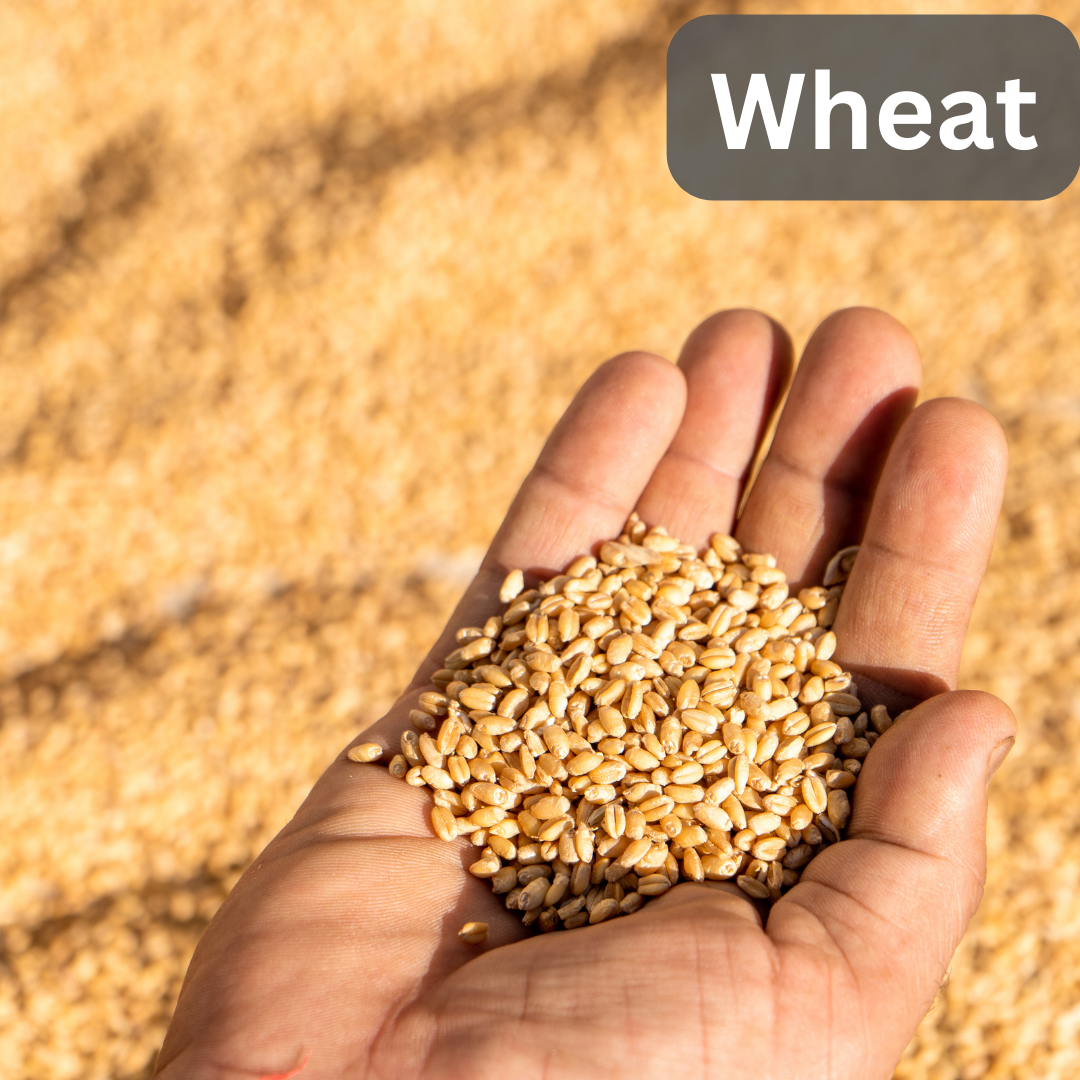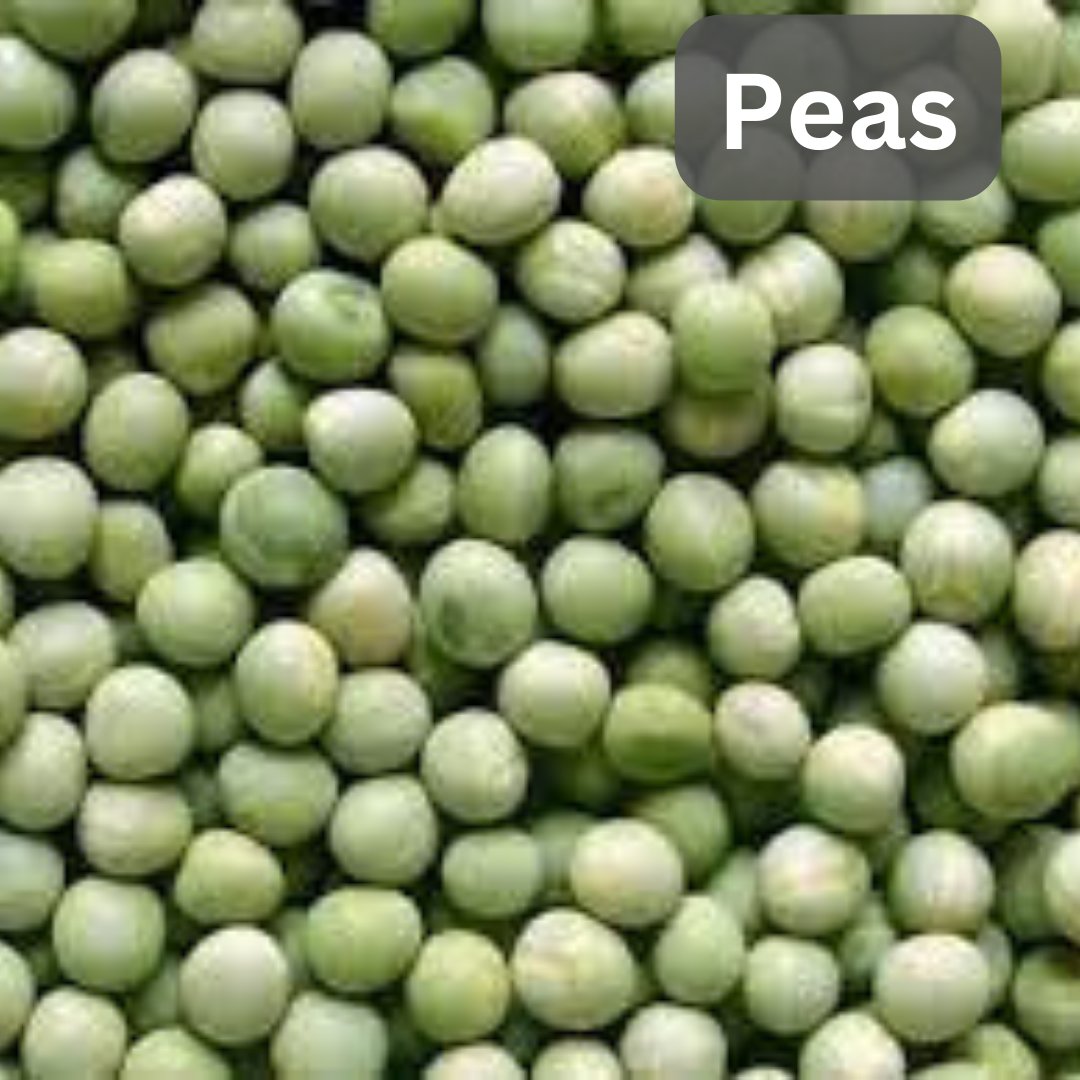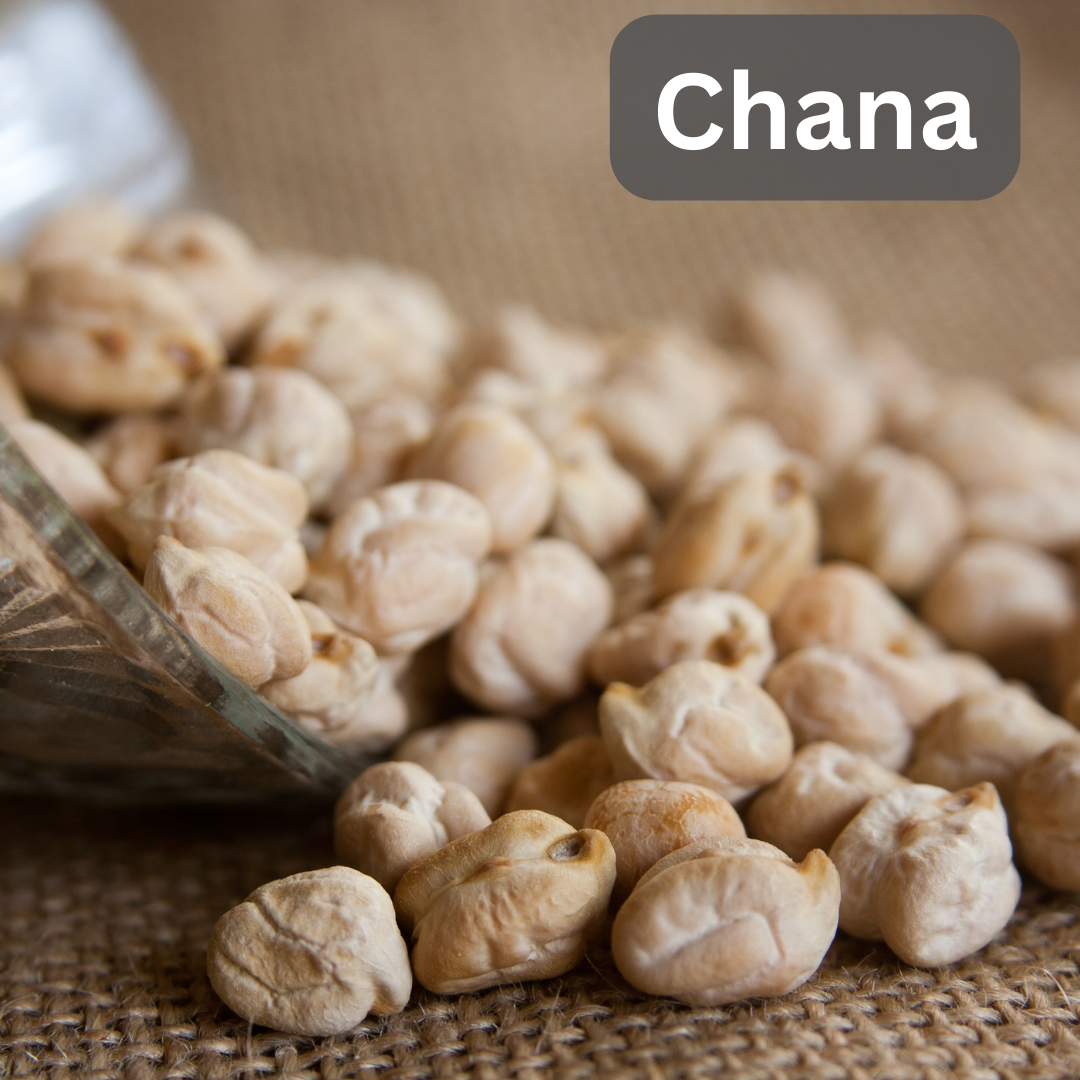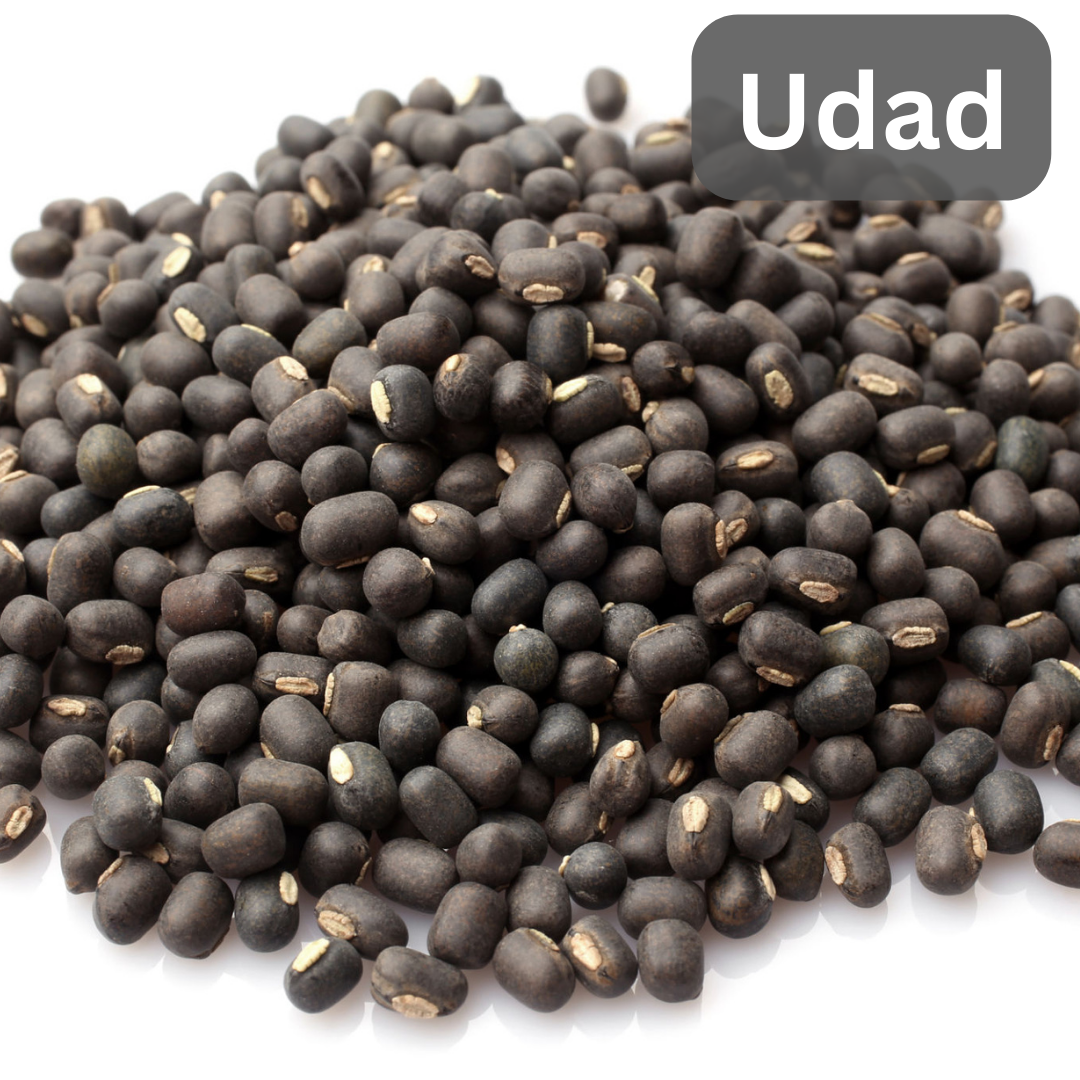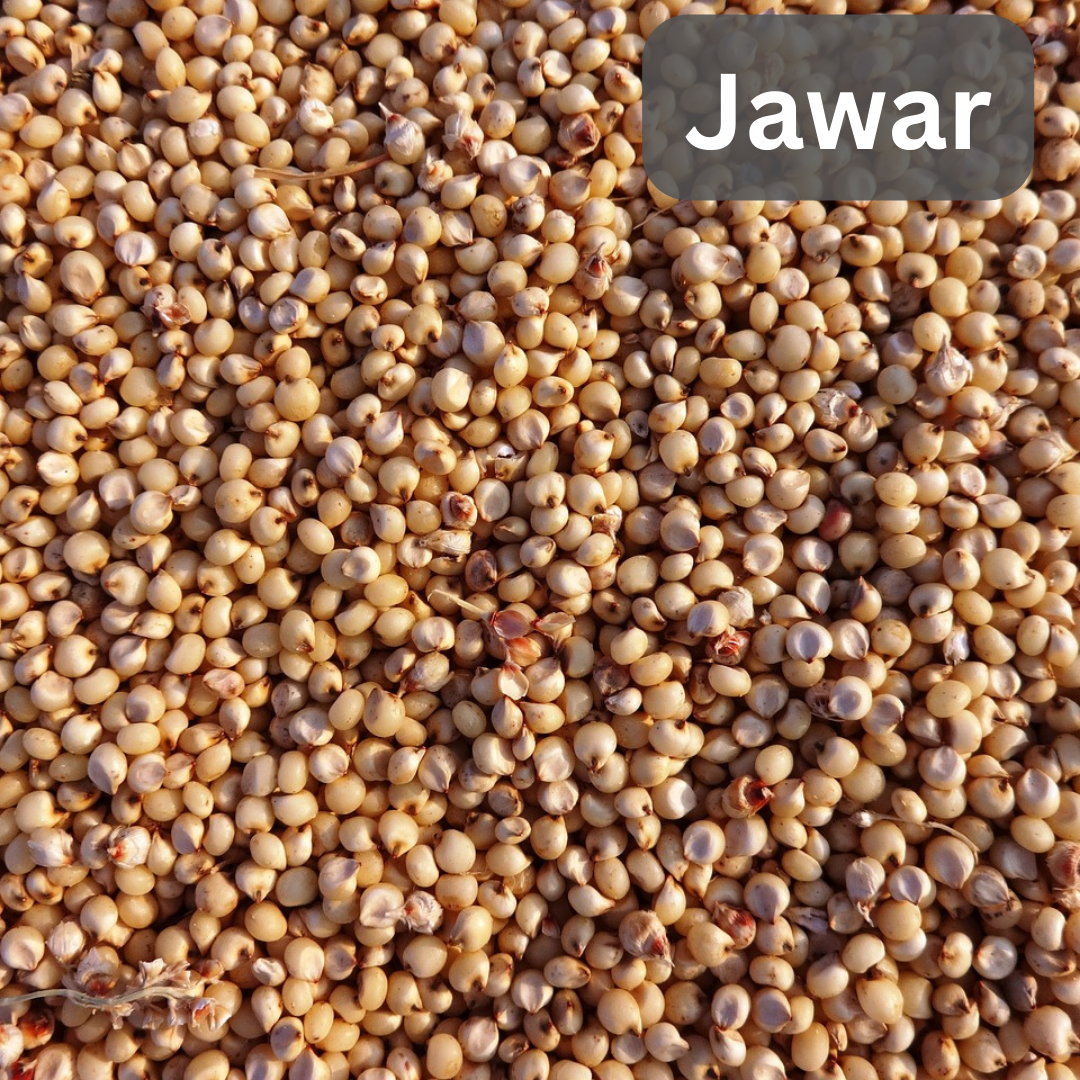Wheat stands as one of the world's most vital cereal crops, serving as a staple food for billions and a cornerstone of global agriculture. Exploring its quality, uses, and the factors influencing its production is essential for understanding its significance and ensuring its optimal utilization.
Quality:
Wheat quality is determined by various factors, including protein content, gluten strength, kernel size, moisture content, and milling characteristics. High-quality wheat typically possesses desirable attributes such as strong gluten formation, uniform kernel size, and excellent milling properties. Different wheat varieties exhibit varying qualities, making selection crucial for specific end uses.
Uses:
Human Consumption: Wheat is predominantly milled into flour for bread, pasta, pastries, and other baked goods. It serves as a primary ingredient in a wide array of food products, including breakfast cereals, snacks, and convenience foods. Durum wheat, known for its high protein content and gluten strength, is specifically used for making pasta.
Animal Feed: Wheat is also utilized in animal feed formulations, providing energy, protein, and essential nutrients to livestock and poultry. Wheat bran and wheat middlings, by-products of milling, are commonly used in feed formulations to enhance dietary fiber content.
Industrial Uses: Beyond food and feed, wheat finds applications in various industrial processes. Wheat starch and wheat gluten are extracted from wheat flour and utilized in industries such as papermaking, textiles, adhesives, and pharmaceuticals.
Key Factors Influencing Wheat Production:
Climatic Conditions: Wheat cultivation is influenced by factors such as temperature, rainfall, sunlight, and soil moisture. Optimal climatic conditions during planting, growth, and maturation stages are critical for achieving high yields and quality.
Soil Quality: Soil fertility, pH levels, drainage, and nutrient availability significantly impact wheat growth and development. Proper soil management practices, including fertilization, irrigation, and weed control, are essential for maximizing yield and quality.
Varietal Selection: Choosing suitable wheat varieties adapted to local climatic conditions and end-use requirements is crucial for optimizing yield and quality. Different wheat varieties exhibit distinct characteristics, including protein content, gluten strength, and disease resistance.
Pest and Disease Management: Effective pest and disease management strategies are essential for protecting wheat crops from damage caused by insects, pathogens, and weeds. Integrated pest management (IPM) practices, including crop rotation, pest-resistant varieties, and timely pesticide applications, help mitigate risks and maintain crop health.
In summary, wheat's significance in global agriculture and food security cannot be overstated. Understanding its quality, uses, and the key factors influencing its production is vital for ensuring sustainable cultivation practices, optimizing utilization, and meeting the diverse needs of consumers and industries worldwide
